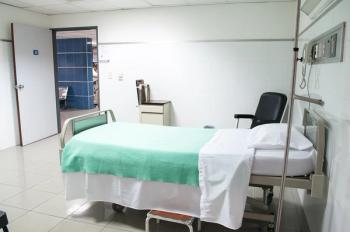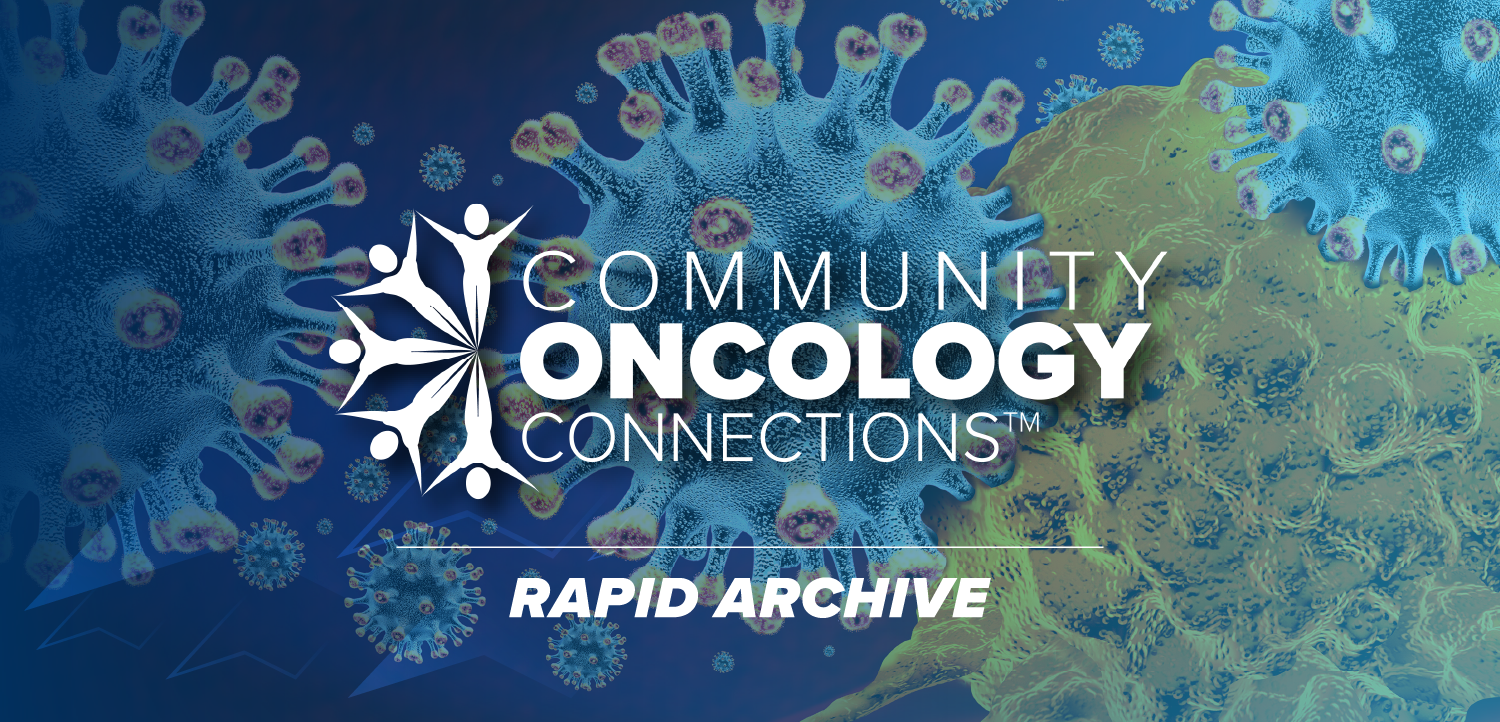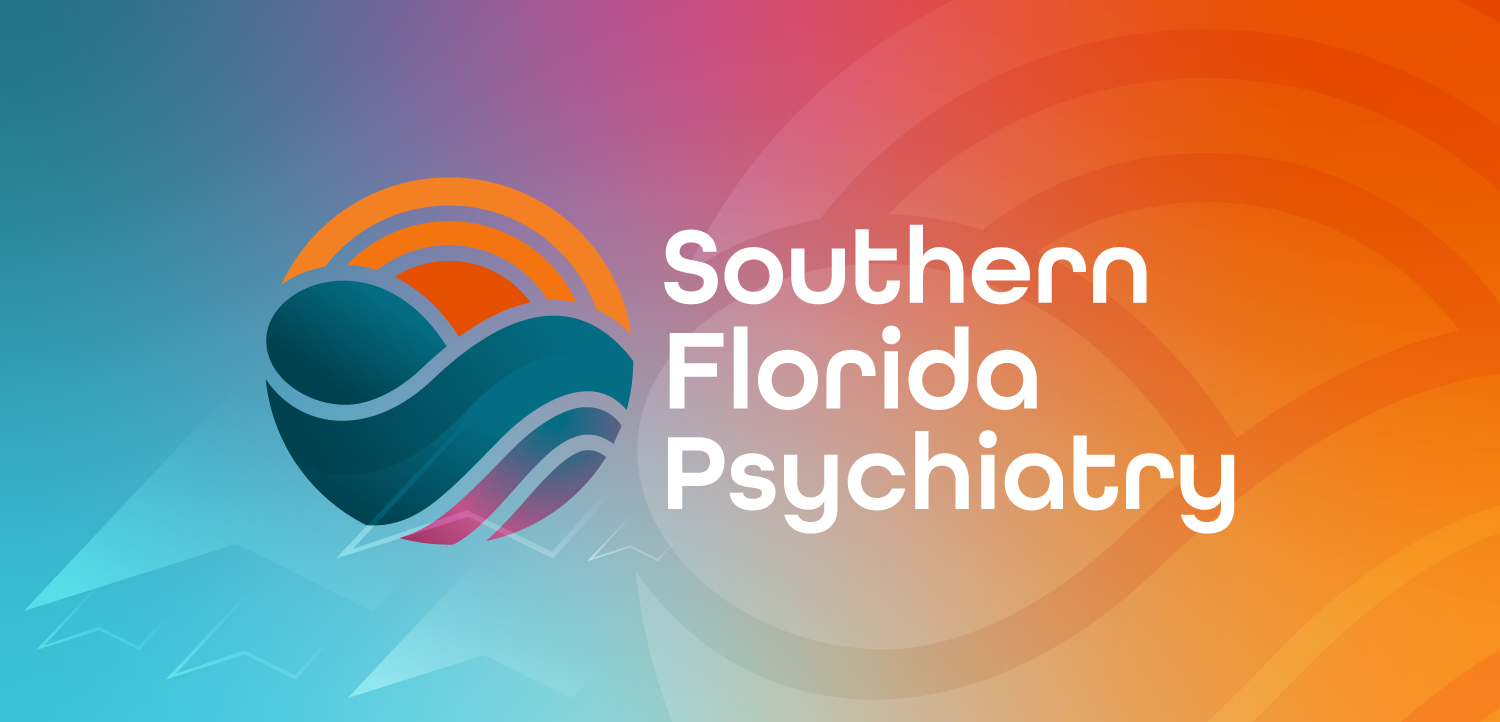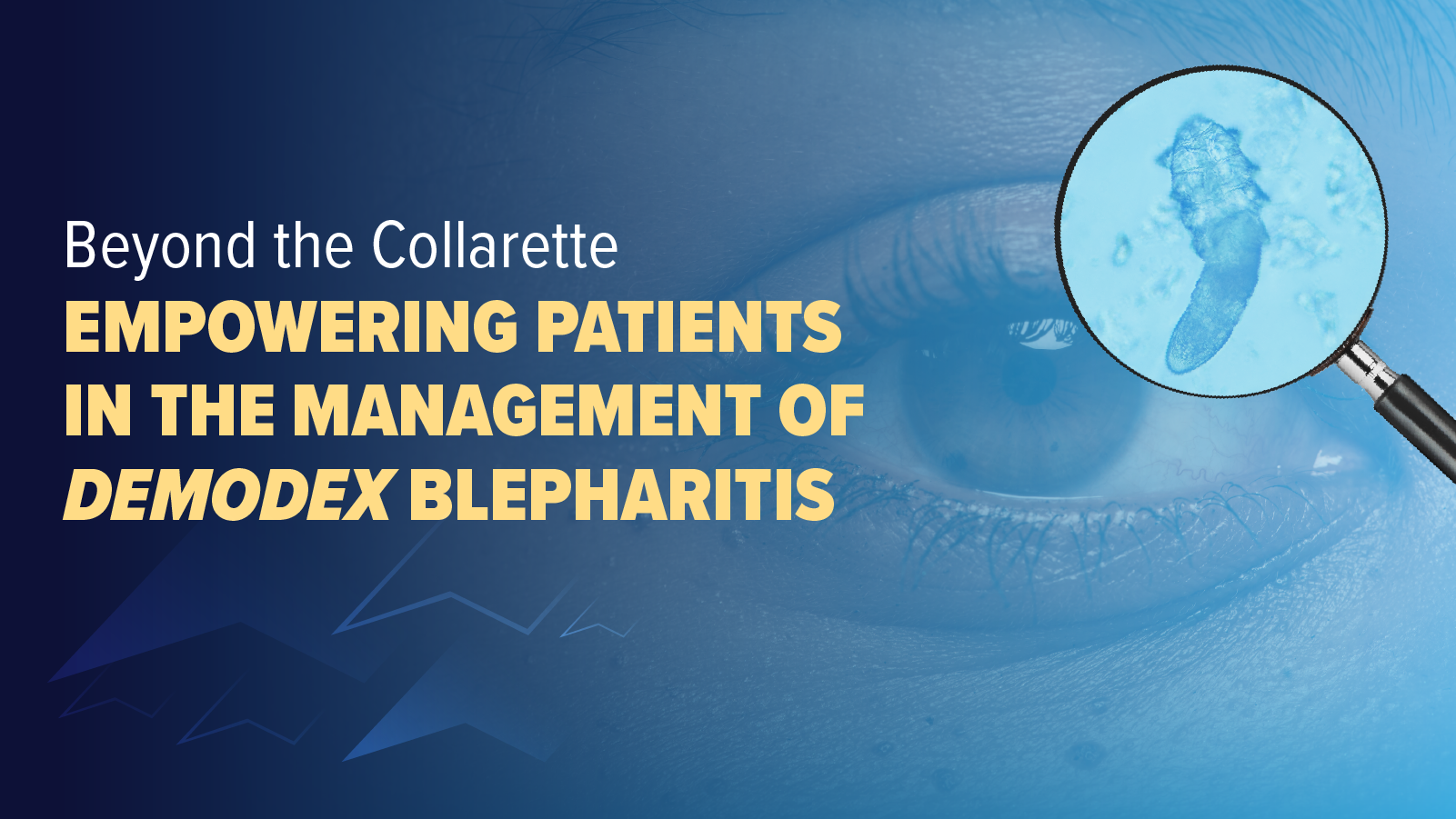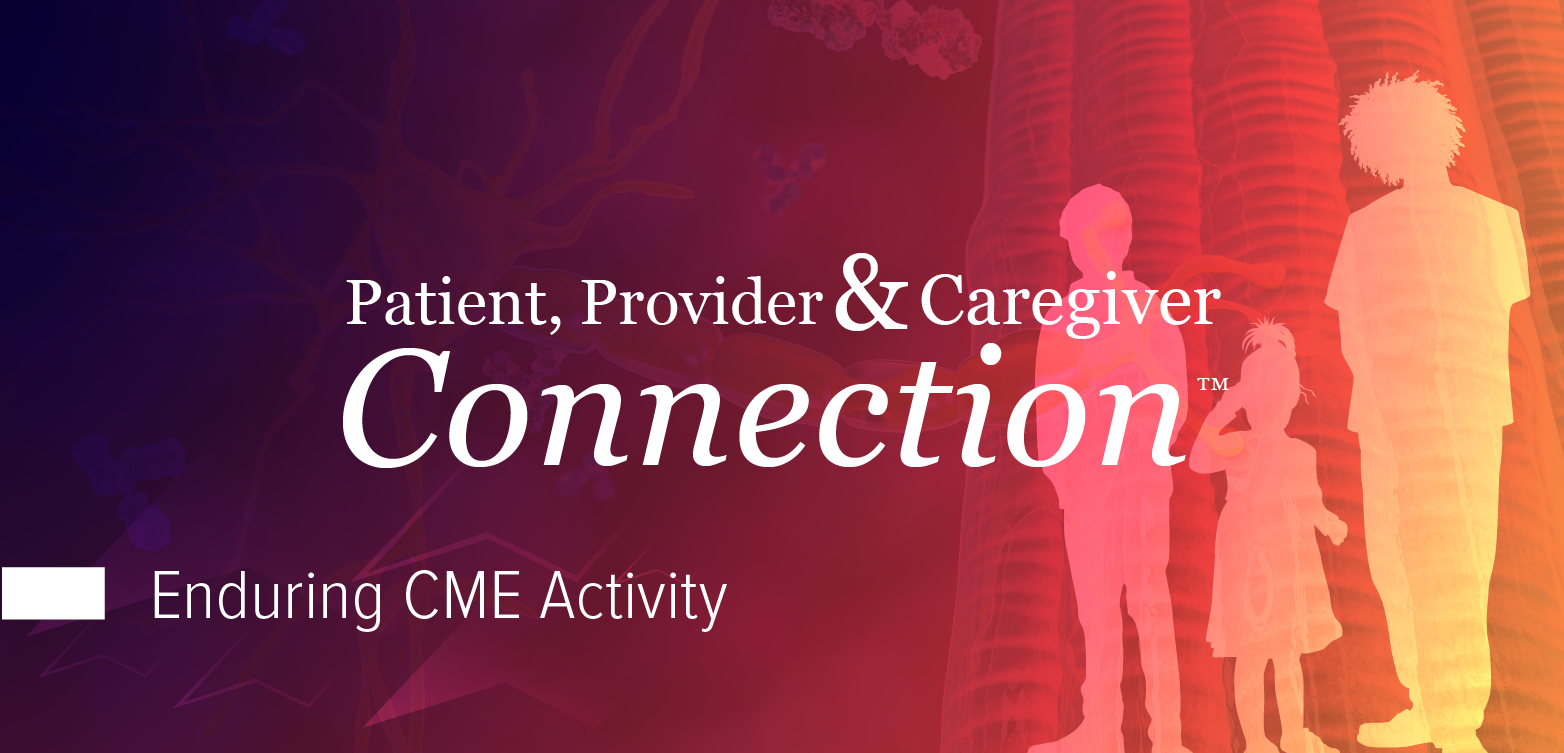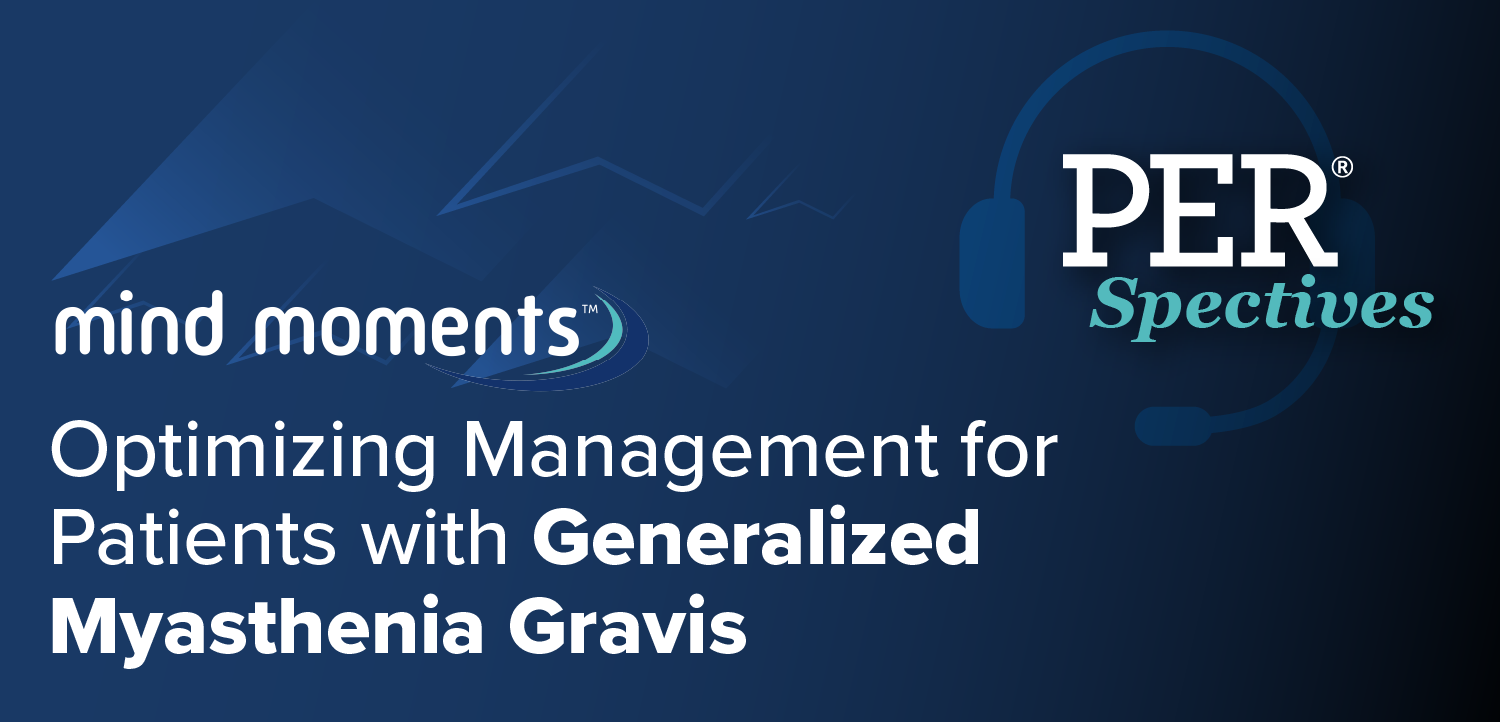
Global Study Reports 98.9% SVR with SOF/VEL in Over 7000 Patients With Hepatitis C
Multinational real-world analysis underscores the effectiveness of sofosbuvir/velpatasvir (SOF/VEL) across diverse populations and highlights the need for timely treatment initiation to improve patient outcomes.
A multinational real-world study of 7,027 patients treated with sofosbuvir/velpatasvir (SOF/VEL) for hepatitis C virus (HCV) infection reported a sustained virologic response (SVR) rate of 98.9%. "We're really excited to share this data at EASL this year," said Anu Osinusi, MD, MPH, vice president of clinical research for hepatitis, respiratory, and emerging viruses at Gilead Sciences. "The study demonstrates that the high effectiveness of SOF/VEL in real-world populations aligns with previous findings, reinforcing the global applicability of current HCV treatment guidelines."
The study, conducted across Australia, Canada, Europe, and the US, found that SVR rates remained above 97% across all geographic regions, genotypes, and patient demographics, including those with coexisting conditions such as HIV or mental health disorders. "We’ve seen that these pan-genotypic direct-acting antiviral agents for hepatitis C have consistently shown high SVR rates across diverse populations," Osinusi said. "These results emphasize the broader applicability of these treatments worldwide."
Patients in the study had a median age of 55 years (IQR 46–64), with 66% of patients aged 50 years or older. Males represented 65% of the cohort, and the study found that HIV/HCV coinfection was more common in males (5.8% vs 2.1%, p < .001), as was genotype 3 infection (35% vs 20%, p < .001), particularly in males aged ≥50 years. "The gender-related disparities in the prevalence of coinfection and genotype 3 infection are important considerations for developing more targeted treatment strategies," Oshinusi said.
While SVR rates remained high across both sexes and age groups, the study also examined the time to treatment initiation (TTI). "One important context to share is that the SVR 10k study wasn’t actually set up to analyze healthcare models. But it did look at time to hepatitis C treatment initiation, which showed clear improvements compared to past real-world data," Osinusi explained. "However, there is still room for improvement, as only 24% of the evaluated population initiated treatment with direct-acting antivirals within the first 30 days after their last positive RNA test. Some regions performed better than others in this regard."
The study revealed that females had a shorter median TTI compared to males. Among patients treated within the first month, 40% of females were treated compared to 25% of males (p < .001). "While it seems like the gender gap is reversing, more than half of patients in the study are still being treated more than six months after their diagnosis," Osinusi noted. "This demonstrates that there is still significant room for improvement in treatment initiation, particularly across all populations, regardless of gender."
SVR rates were consistently high across both males and females, including those with genotype 3 and cirrhosis. "Our data show that even in the presence of more challenging factors like genotype 3 and cirrhosis, SVR rates remained above 97%, which is a strong indicator of the effectiveness of these therapies," Osinusi added. "The key message here is that minimizing the time to treatment initiation will result in better outcomes for all patients, reducing the risk of severe liver complications and increasing treatment rates across the board."
In conclusion, the study highlights the importance of timely treatment for HCV, regardless of a patient's demographic or clinical profile. "The urgency to treat and minimize delays is crucial. Over time, it will result in fewer people having poor liver outcomes and will improve treatment rates for everyone infected with hepatitis C," Osinusi emphasized. These findings, coupled with the high SVR rates achieved globally, reaffirm the role of SOF/VEL as an effective treatment option and the importance of continuing efforts to optimize treatment initiation for all patients.
Reference
Aleman S, Yu ML, Higuera-de-la-Tijera F, et al. The SVR10K Hepatitis C study: final results show 98.9% SVR in 7,000 patients treated with SOF/VEL in Asia, Latin America, Middle East, Nordic and Southern Europe. Poster 276 presented at EASL 2025. May 7-10, 2025, New Amsterdam.
Newsletter
Stay ahead of emerging infectious disease threats with expert insights and breaking research. Subscribe now to get updates delivered straight to your inbox.


